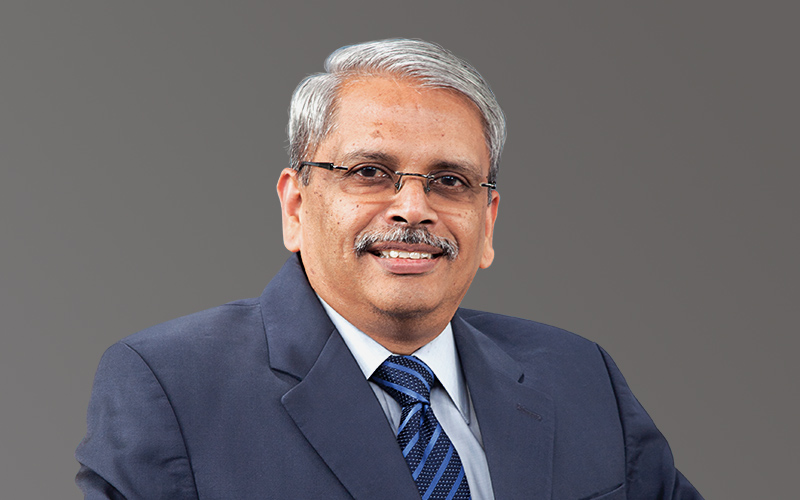
The complainant, whose identity remains confidential, has accused the individuals of actions that purportedly contravene the provisions designed to protect members of the Scheduled Castes and Scheduled Tribes. Specific details of the allegations have not been publicly disclosed.
The Scheduled Castes and Scheduled Tribes (Prevention of Atrocities) Act, enacted in 1989, aims to prevent offenses against members of these communities. The Act has been subject to various amendments and judicial interpretations over the years. In 2018, the Supreme Court observed that the Act had, in some instances, been misused for blackmailing citizens and public servants, leading to guidelines intended to prevent arbitrary arrests. ([thehindu.com](https://www.thehindu.com/news/national/scst-atrocities-act-has-become-a-means-to-blackmail-citizens-public-servants-sc/article23303970.ece?utm_source=chatgpt.com)) However, in 2020, the Supreme Court upheld the constitutional validity of the Act, emphasizing its importance in safeguarding the rights of marginalized communities. ([Deccan Herald](https://www.deccanherald.com/india/st-atrocities-act-803263.html?utm_source=chatgpt.com))
Legal experts note that the inclusion of prominent figures like Gopalakrishnan and Balaram in such a case is unusual and could have significant implications. The legal process will involve a thorough investigation to determine the validity of the allegations. Under the Act, arrests can be made without prior approval, and anticipatory bail is generally not granted, although the Supreme Court has allowed for exceptions in cases where denial of bail would result in a miscarriage of justice.
As the investigation proceeds, it will be crucial to monitor how the legal system balances the enforcement of protective laws with the rights of the accused, especially when high-profile individuals are involved. The outcome of this case could set a precedent for how similar cases are handled in the future.
